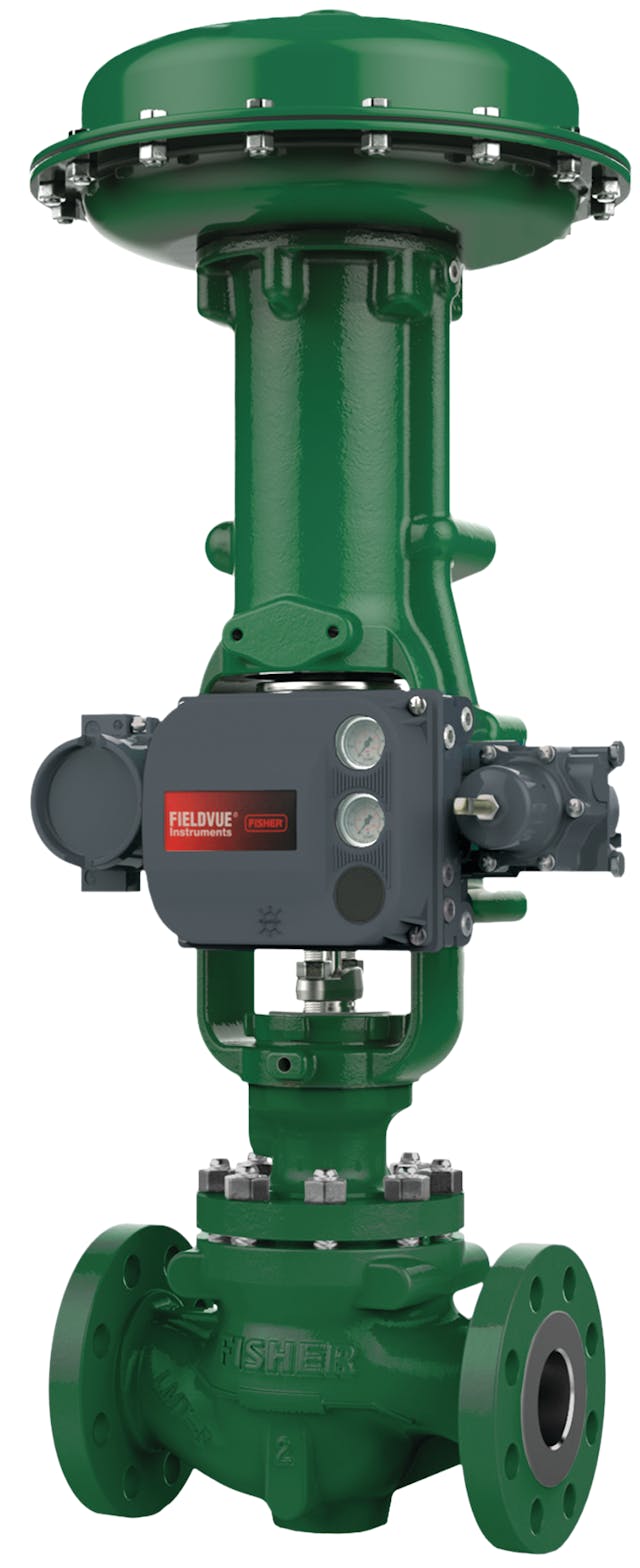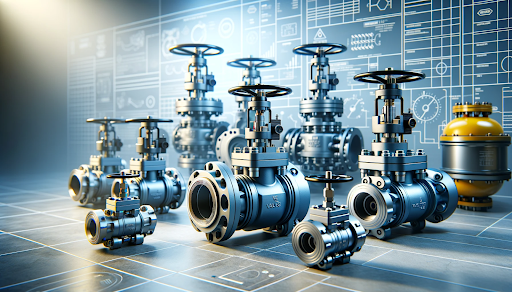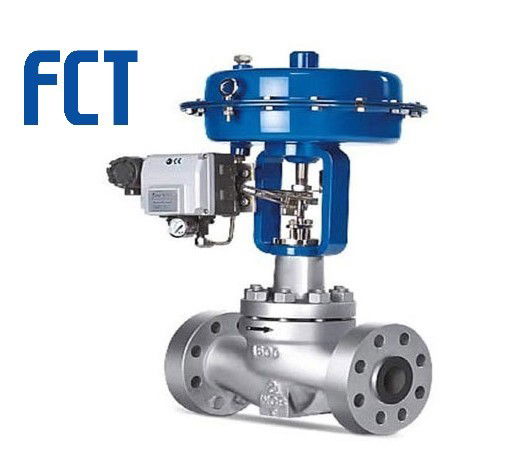Checking out the Capability of Modern Control Valves in Industrial Applications
Checking out the Capability of Modern Control Valves in Industrial Applications
Blog Article

Maximize Energy Savings and Comfort With Advanced Building Automation Controls
In the realm of contemporary architecture and facility monitoring, the combination of advanced building automation manages stands as a pivotal development. The merging of modern technology and sustainability has birthed a new period where energy effectiveness, comfort optimization, and functional streamlining are no more far-off desires however achievable facts. By using the power of automation, structures can adjust, react, and advance in methods that were once unimaginable. The capacity for significant energy financial savings and improved convenience is not simply a promise yet an opportunity waiting to be fulfilled. This standard shift in structure administration holds the crucial to opening a world where environmental conscientiousness and owner well-being sympathetically coexist within the wall surfaces of our frameworks.
Energy Effectiveness Benefits
Power performance advantages can significantly minimize energy intake and operational prices in buildings. By implementing energy-efficient methods and innovations, structure proprietors and operators can achieve considerable financial savings while also contributing to environmental sustainability. Among the primary advantages of enhancing power effectiveness in structures is the decrease of energy expenses. Energy-efficient systems, such as innovative building automation controls, can enhance using sources like heating, lights, and cooling, leading to reduced power costs with time.
Additionally, improved power efficiency can lengthen the lifespan of structure devices and systems. By operating more effectively, heating and cooling systems, light, and various other building components experience less wear and tear, causing minimized maintenance and replacement prices. Additionally, energy-efficient buildings frequently regulate greater residential or commercial property worths and rental prices, giving long-lasting monetary benefits to proprietors.
Moreover, power effectiveness can boost passenger comfort and efficiency. Correctly controlled indoor settings with optimal illumination and thermal conditions create an even more conducive and enjoyable office, causing boosted employee fulfillment and performance. Generally, the power performance advantages connected with innovative structure automation controls are complex, encompassing price financial savings, environmental stewardship, and occupant health.
Enhanced Comfort Control
Enhancing comfort control in building environments calls for a sophisticated assimilation of sophisticated automation systems for optimal resident health. By using sophisticated building automation controls, centers can tailor the indoor atmosphere to satisfy the specific requirements and preferences of occupants. control valves.
By incorporating these sophisticated controls, structures can not only enhance convenience however additionally improve power performance by enhancing system procedures based on real tenancy and use patterns. Inevitably, prioritizing resident convenience with innovative automation systems leads to an extra satisfying and much healthier indoor environment.
Operational Efficiency Improvements

Furthermore, the execution of real-time tracking and analytics tools makes it possible for structure drivers to identify energy inadequacies and functional anomalies without delay. By constantly monitoring power use patterns and system performance metrics, changes can be made in real-time to maximize power usage and guarantee peak functional performance. control valves. Additionally, including need reaction strategies right into structure automation controls can better enhance operational effectiveness by dynamically readjusting power use based on grid problems and pricing signals
Indoor Climate Optimization
Effective indoor climate optimization is an essential element of building automation controls, guaranteeing occupants' convenience and wellness while taking full advantage of energy top article financial savings. By using advanced sensing units and controls, building automation systems can constantly change and keep track of temperature level, humidity degrees, air high quality, and air flow to create an optimal interior atmosphere. Preserving comfortable and constant problems not only improves resident contentment but likewise increases performance and general well-being.
Interior climate optimization likewise plays a vital function in energy performance. By fine-tuning ventilation, home heating, and air conditioning systems based upon real-time information and tenancy patterns, developing automation controls can considerably minimize energy consumption - control valves. Implementing methods such as demand-controlled ventilation and thermal zoning can aid minimize energy waste while making certain that each location of the building obtains the necessary conditioning.

Sustainable Environment Production
Structure automation controls not just enhance interior environment problems for energy efficiency and passenger comfort but also lay the structure for developing a lasting setting with strategic administration of resources and systems. By integrating innovative building automation technologies, such as sensing units, actuators, and intelligent software application, centers can change and keep an eye on power use in real-time to decrease waste and minimize their carbon footprint. These systems allow pop over here predictive maintenance, identifying prospective problems before they intensify and optimizing equipment efficiency to boost longevity and performance.
Additionally, lasting atmosphere creation prolongs past energy monitoring to encompass water preservation, waste decrease, and indoor air top quality enhancement. Building automation controls can manage water usage, spot leakages, and make sure correct garbage disposal practices, adding to total sustainability initiatives. In addition, by controlling and monitoring air flow and filtering systems, these innovations improve resident wellness and performance while decreasing energy intake associated with cooling and heating procedures.
Conclusion
To conclude, progressed building automation regulates deal significant advantages in terms of power savings, comfort control, functional performance, interior climate optimization, and creating a sustainable environment. By executing these controls, buildings can accomplish optimal efficiency while lowering energy intake and boosting owner convenience. It is noticeable that Source the use of sophisticated automation innovation is crucial in improving structure performance and creating a much more sustainable future.
Energy effectiveness advantages can significantly decrease energy intake and functional prices in buildings. On the whole, the energy effectiveness benefits associated with sophisticated building automation controls are multifaceted, encompassing cost financial savings, ecological stewardship, and occupant health.
Additionally, integrating need reaction techniques into structure automation controls can additionally enhance functional effectiveness by dynamically changing energy use based on grid problems and prices signals.
Building automation controls not just optimize indoor environment problems for power efficiency and passenger comfort however likewise lay the structure for producing a sustainable atmosphere with strategic management of systems and sources.In final thought, advanced building automation manages offer considerable benefits in terms of energy savings, comfort control, operational efficiency, indoor environment optimization, and producing a lasting setting.
Report this page